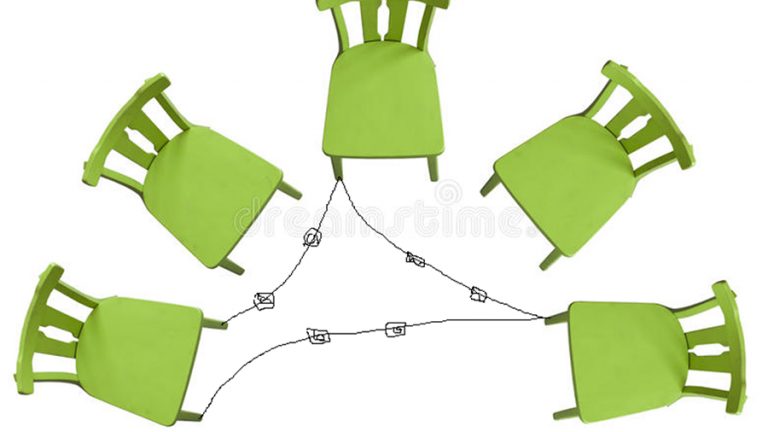Design Thinking in education is taking off worldwide as an effective way to come up with solutions in schools, institutions and communities. It is an opportunity for teachers and leaders to foster active problem solving within the environments they work in involving students and members of the community.
Let’s take a practical example to illustrate what Design Thinking is. In most schools and institutions, there is a water dispenser with a stack of plastic cups for people to use. A teacher, who is environmentally aware, puts the following question to his/her students in class: How can we avoid using plastic cups at school? The students discuss solutions together and take action after deciding what the best measures would be. For instance, banning plastic cups and providing each person with a mug could be a feasible solution. Their action could ripple into the community and other institutions may follow suit.
Below are two activities you can use in the classroom to use this approach:
ACTIVITY 1
LEVEL: B1
INSTRUCTIONS: Ask the students to sit on chairs in a semi-circle. Prepare two challenges that everyone has in common. For example, “How can we avoid using plastic cups in the school?” and “How can we maximise speaking English in class?” Prepare two piles of cards with the 2 challenges written on them in each set of cards. If you have 10 students, you will need 5 cards in each pile. Put the piles of cards on the floor. In pairs, ask the students to pick up a card and write solutions to the problem.
While the students are discussing and writing their solutions, tie the end of a ball of wool to one chair leg. Take the ball of wool to another chair leg and tie it around the leg. Now take the ball of wool to another chair and do the same so you have a triangle. When the students have written their solutions, ask them to clip the cards somewhere on the line you have created with the wool.
Now ask each pair to pick cards that are not theirs and read them aloud. The students should discuss the solutions to the challenge as a group. Winding the wool around the chair legs is not only a fun activity, but is also ana analogy of working together as a team.
ACTIVITY 2
LEVEL: B1
The next activity is based on a suggestion from https://dschool.stanford.edu/resources/the-inspiration-walk
INSTRUCTIONS: Give the following sheet to each student.
| THE INSPIRATION WALK You are going to go out and collect inspiration from the world and use it for a challenge you are facing in your life. Get a notebook and a pen.Go outside.Think of a challenge you are facing.Sit down and make some notes about this challenging situation you need inspiration for. Find a piece of nature (a leaf, branch, tree, flower, etc). Walk up close to it. Get really close and zoom in. Observe patterns, colours, textures and write down your observations. Take a few steps back and zoom out. Get the bigger picture of this piece of nature. Observe the same object. Make notes about what you see.Go back to the classroom. Did anything inspire you when you zoomed in and zoomed out? Do you see your challenge differently? If you want to, talk about the activity with someone. |
Read through the instructions in class before the students do the activity to see if they have any doubts. After they have done the activity, ask them to come back to class and discuss their observations with another student (if they fell comfortable to do so).
Both Harvard and Stanford universities have a wealth of information about Design Thinking on the following sites including a toolkit for teachers and ready activities to use in the classroom:
- https://tll.gse.harvard.edu/design-thinking
- https://web.stanford.edu/dept/SUSE/taking-design/presentations/Taking-design-to-school.pdf
This link is also very informative:
A special thanks to Valdicea Moreira for introducing me to Design Thinking.




